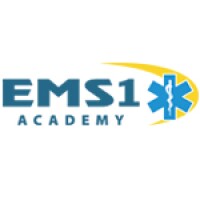The EMS1 Academy is currently featuring “Module 47: Incident Management and Multiple Casualty Incidents,” a 1-hour accredited course for EMTs. Complete the course to learn more about how you can prepare to manage multiple-casualty incidents. Visit the EMS1 Academy to learn more and for an online demo.
With the multiple recent active shooter related mass casualty incidents across the country, tactical EMS team development and continuing education have become hot topics across prehospital care.
In these episodes of the MCHD Podcast, we address EMS response to active shooter incidents. First, Dr. Dan O’Donnell, medical director for Indianapolis SWAT, joins Dr. Casey Patrick on episode No. 25.
Then, on episode No. 46, Assistant Medical Director for Houston Fire and Houston SWAT physician, Dr. Kevin Schulz, M.D., joins the podcast with MCHD TEMS Chief Patrick Langan EMT.
Structuring a Tactical EMS team
Both discussions begin with the basics of setup and structure of a tactical EMS team. This can obviously vary depending on the specific needs of the local area and a “one size fits all” answer is impractical. Tactical team members can be multiple variations of EMS, fire and law enforcement personnel, and the key is collaboration and communication between agencies.
Feedback is vital both to and from law enforcement to develop trust and to identify areas for team improvement. Tactical exposure and familiarity is also necessary for non-TEMS medics as they often will be the first to arrive on an MCI/active shooter scene.
Specific TEMS procedures include surgical and other advanced airway skills, needle decompression, finger thoracostomy, tourniquets and wound packing. Which are included in any specific system depends on availability and frequency of training.
Each episode closes with the issue of arming and/or deputizing the TEMS teams, addressed from both an offensive and defensive perspective. Whether you are a seasoned tactical operator or looking to start your team from scratch, these episodes will be valuable to all EMS personnel.














